Victor Classic Multi-Pro, All Life Stage, Normally Active, Dry Dog Food
VICTOR CLASSIC Multi-Pro Dry Dog Food is an excellent choice for normally active dogs, regular maintenance and off-season periods of lower activity. with scientifically advanced and nutritionally complete ingredients, this nutrient-dense, multi-protein dry dog food promotes sustained energy and healthy immune and digestive systems.
VICTOR CLASSIC Multi-Pro Dry Dog Food is an excellent choice for normally active dogs, regular maintenance and off-season periods of lower activity. with scientifically advanced and nutritionally complete ingredients, this nutrient-dense, multi-protein dry dog food promotes sustained energy and healthy immune and digestive systems.
- Nutrient-dense dry dog food recipe made with premium-quality beef, chicken and pork meals
- Ideal for normally active dogs, regular maintenance and off-season nutrition
- Promotes sustained energy and healthy immune and digestive systems
- Fortified with vitamins, minerals, essential fatty acids, protein and amino acids
- Made from gluten free grains
- Created with our proven VPRO Blend of ingredients an exclusive mix to promote superior digestibility, immune system function, and healthy skin and coat
VICTOR CLASSIC Multi-Pro Dry Dog Food for Dogs is formulated to meet the nutritional levels established by the AAFCO Dog Food Nutrient Profiles for All Life Stages, including growth of large size dogs (70 lb. or more as an adult).
Additional information
| Country of Origin | Made in USA |
|---|---|
| Breed Size | Small, Medium, Large, Extra Large |
| Flavor | Beef |
| Health Features | General Wellness, Metabolism Health, Immune System Support, Digestion Support, Skin & Coat Health |
| Life Stage | All Life Stages |
| Primary Flavor | Beef |
| Special Diets | Wheat Free, With Grain, Probiotics, Mineral Fortified, Soy Free, Gluten Free, AAFCO Formulated, Prebiotics, Corn Free |
| Manufacturer Part Number | 2718 |

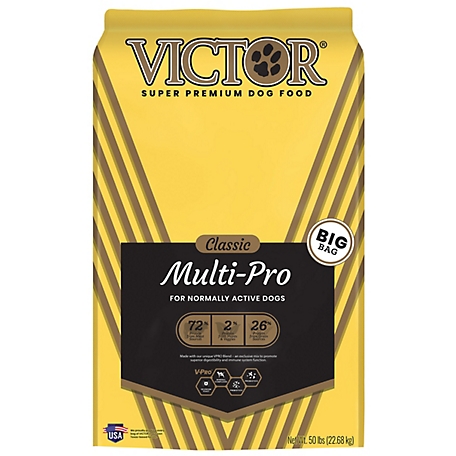
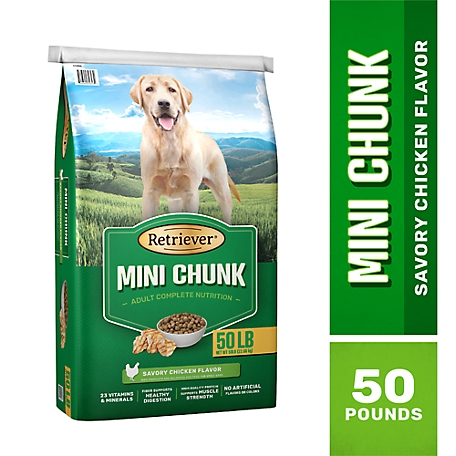
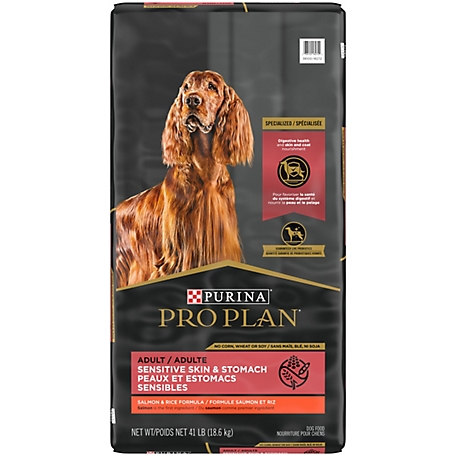

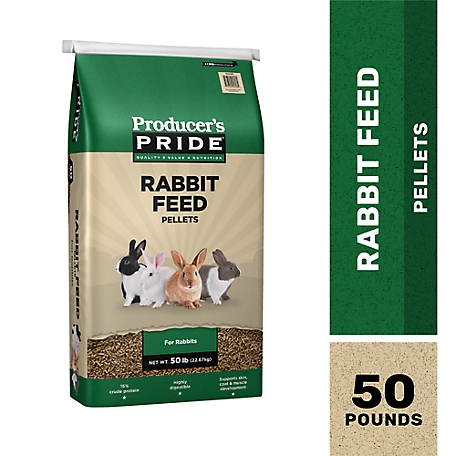
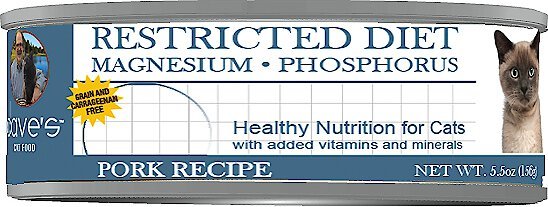
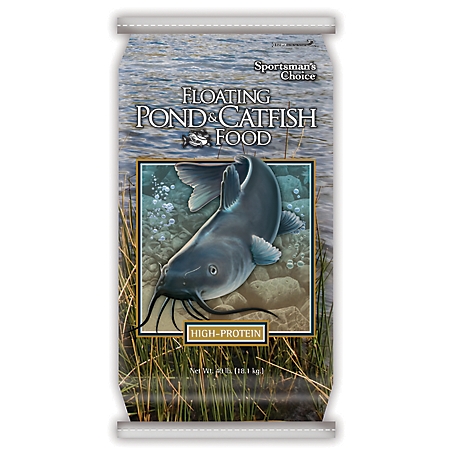
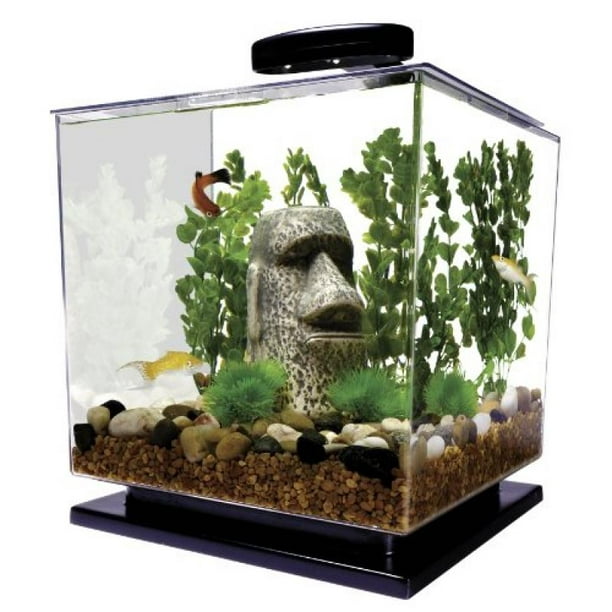
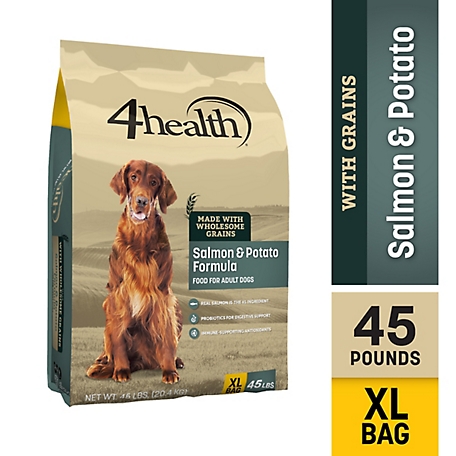


by Margaret
My dogs love it, they are healthy and have shinny coats
by Tyler
Good quality. Dogs love it.
by Andrew
Our dogs love this food and it makes their coat really soft.
by Melissa
All my dogs like this kibble. They range from 5 to 14 years and are hard working I like for a few reasons but mainly what’s NOT in it. Victor is American made and has all my support
by Jane
Love Victor brand dog food, my 7 YO Doberman has never looked better. Excellent for coat health and muscle tone. The professional makes his gas absolutely terrible so we won’t buy that one.